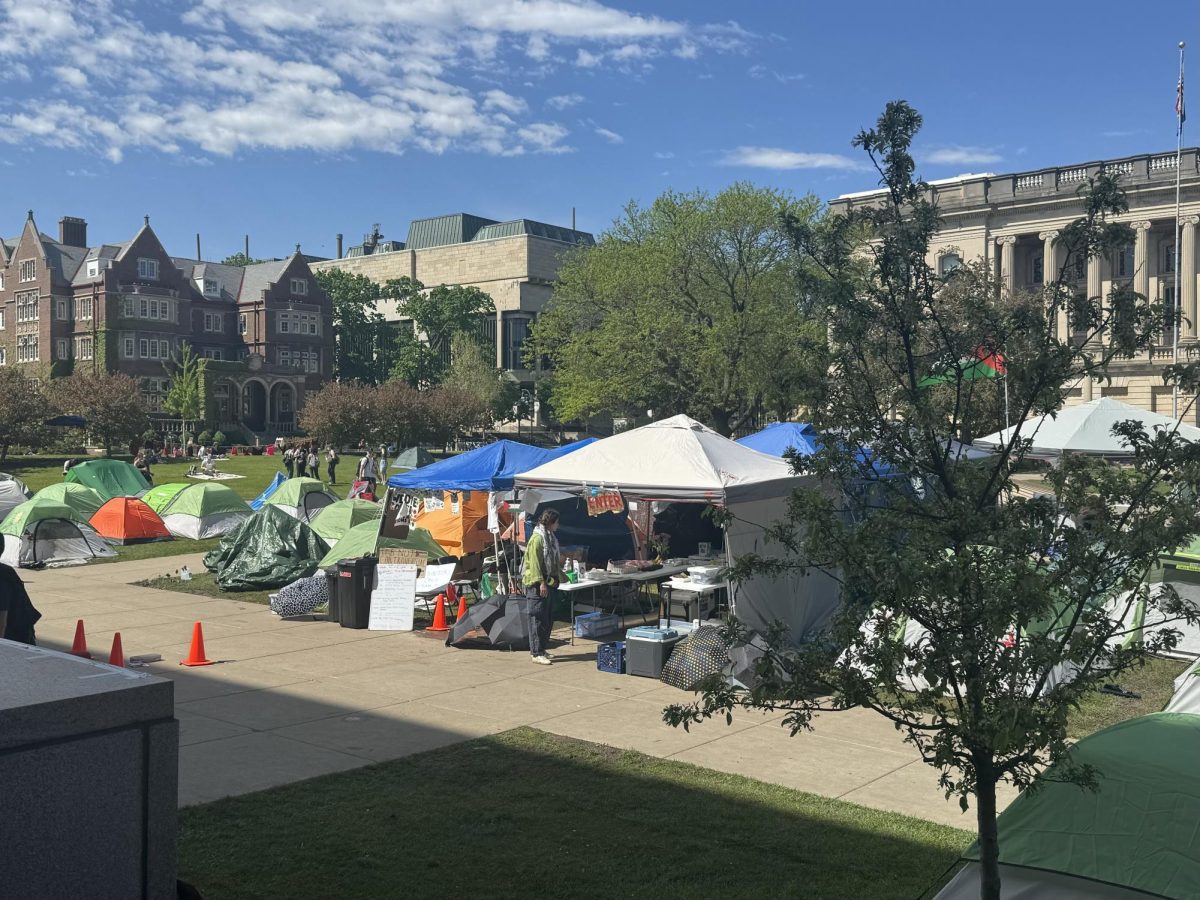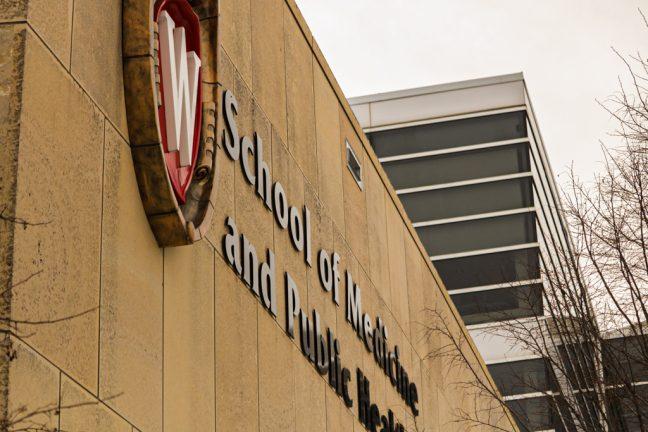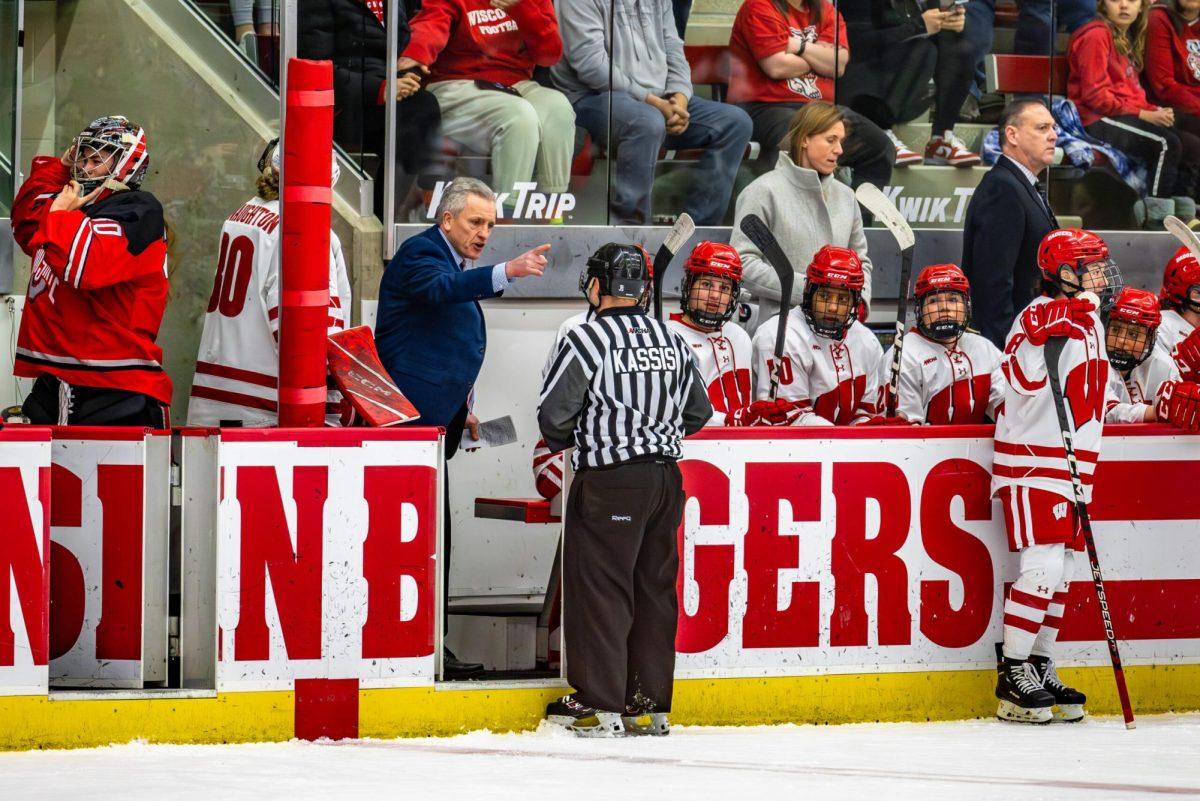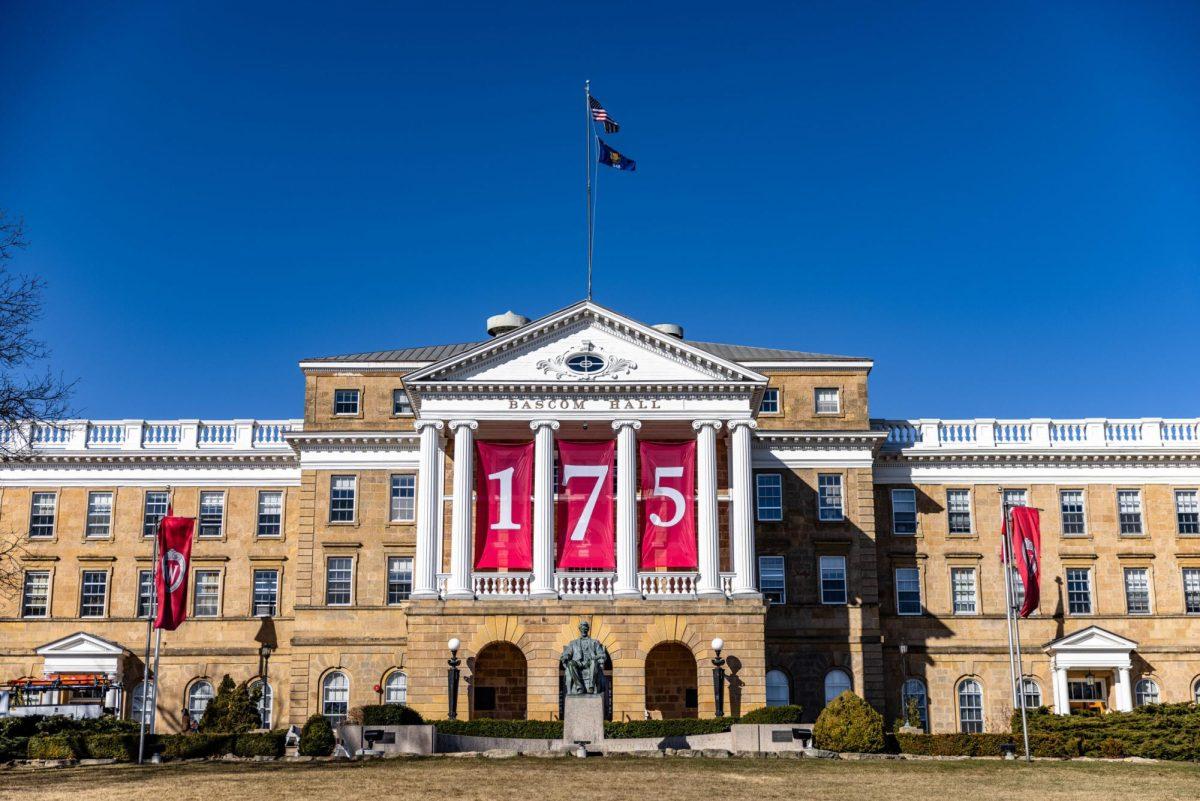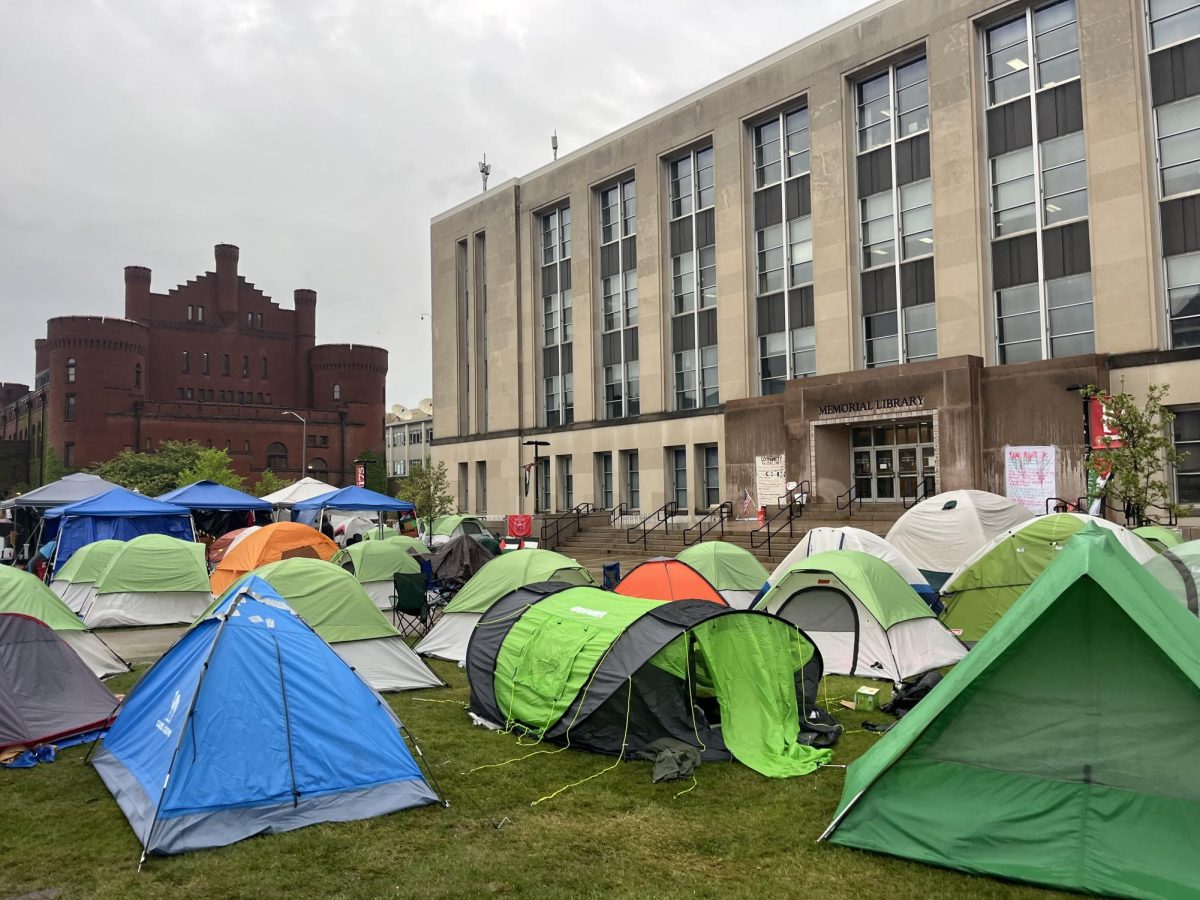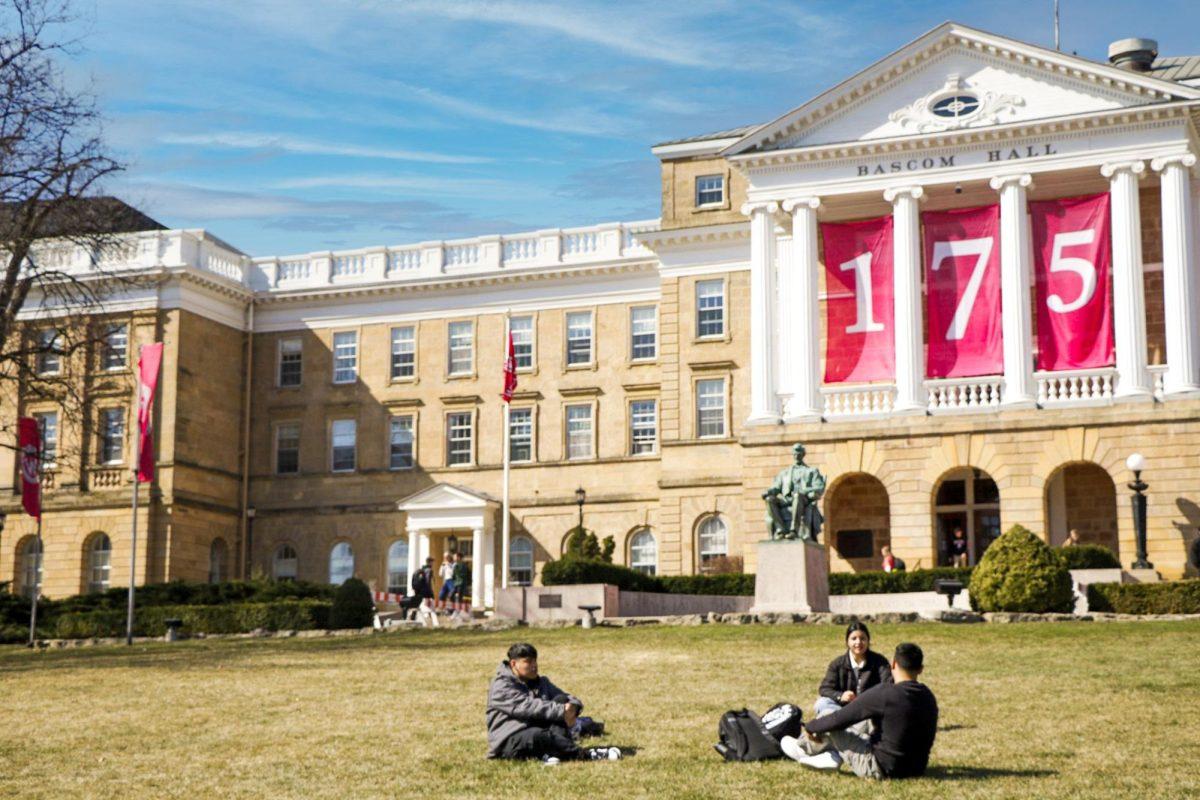When police found Hmong hunter Cha Vang dead in the woods of northeast Wisconsin, members from the community began to question the reasons behind his death. Like many Hmong hunters who travel to the northern countryside from nearby cities to hunt on the extensive acres of public land, Vang, a resident of Green Bay, died while hunting in nearby Marinette County. Some believed there might be more to the story, however, as Vang’s death was reminiscent of an incident in the northwestern city of Hayward. In 2004, a Hmong hunter from Minnesota fatally shot six white hunters and injured two others there in what appeared to be a racially motivated crime. Similarities between the two incidents have renewed speculations of growing racial tensions between Hmong community members and nonmembers in northern Wisconsin. According to Byron Goetsch, regional warden for Wisconsin’s Department of Natural Resources, however, hunting incidents that turn criminal are rare. “While tragic, the incident that happened in Marinette County over the weekend was an isolated incident,” Goetsch said. “They’re not considered hunting accidents. They’re criminal acts; they’re not reflective of the hunting community at all.” And Staryoung Thao, executive director for the Asian American Center, stressed the Hmong community in Green Bay will treat the situation in Marinette County as an isolated tragedy with no connection to the 2004 incident. “We [will] go about our normal business, and we will see who they charged,” Thao said. “I think the most important thing is to treat this case as an individual act.” According to court documents, investigations into the case have led authorities to arrest Peshtigo-resident James Nichols on felony charges of first-degree intentional homicide, possessing a firearm and hiding a corpse. No details have been released on whether the alleged murder was racially motivated, however. Vang’s hometown of Green Bay is one of many communities that have drawn large numbers of Hmong refugees and immigrants over the past decade and before. “Without question, the Hmong population has grown in Wisconsin,” said Dan Veroff, director of the University of Wisconsin Applied Population Lab. “Unlike some populations in the state, it’s very concentrated in these communities.” The nature of the Hmong culture is a primary reason for settlement in these concentrated populations, Thao said. “This Hmong population [in Green Bay] is considered to be one of the top cities in Wisconsin,” Thao said. “With the Hmong culture, we tend to stay with the family.” Thao added other unrelated factors — such as job opportunities — attract Hmong people to places like Green Bay. Veroff co-authored a study conducted by the Applied Population Lab that compared the Wisconsin Hmong population from the 1999 national census to the 2000 national census. In Green Bay alone, the population increased by more than 1,200 in one year. Today, Thao said the AAC, a nonprofit organization, currently has more than 5,000 Hmong members, which helps Southeast Asian immigrants settle in the area Vang was an active member of the AAC, Thao added. The more prevalent problem today, according to Scott Reuss, a UW-Extension Agriculture and Horticulture agent, is dealing with the growing number of hunters wanting to hunt on limited public grounds. Conflicts between hunters can occur on public land because they tend to claim land for their own, Reuss said. “From an outdoorsman standpoint, conflict between hunters is a way of life,” Reuss said. “And because public land is dwindling and the population is growing, the opportunities — as far as land goes — [are] decreasing. That’s going to lead to conflict.” And though the number of Hmong residents in Wisconsin is increasing, Reuss said any speculated racial tension between the Hmong community and nonmembers does not differ from any other city. “I definitely don’t see it any stronger than in any other counties that I work,” Reuss said. “I’m not trying to say that there isn’t any, because that would be naive, but there is not a community bias that is held on an individual basis.”




